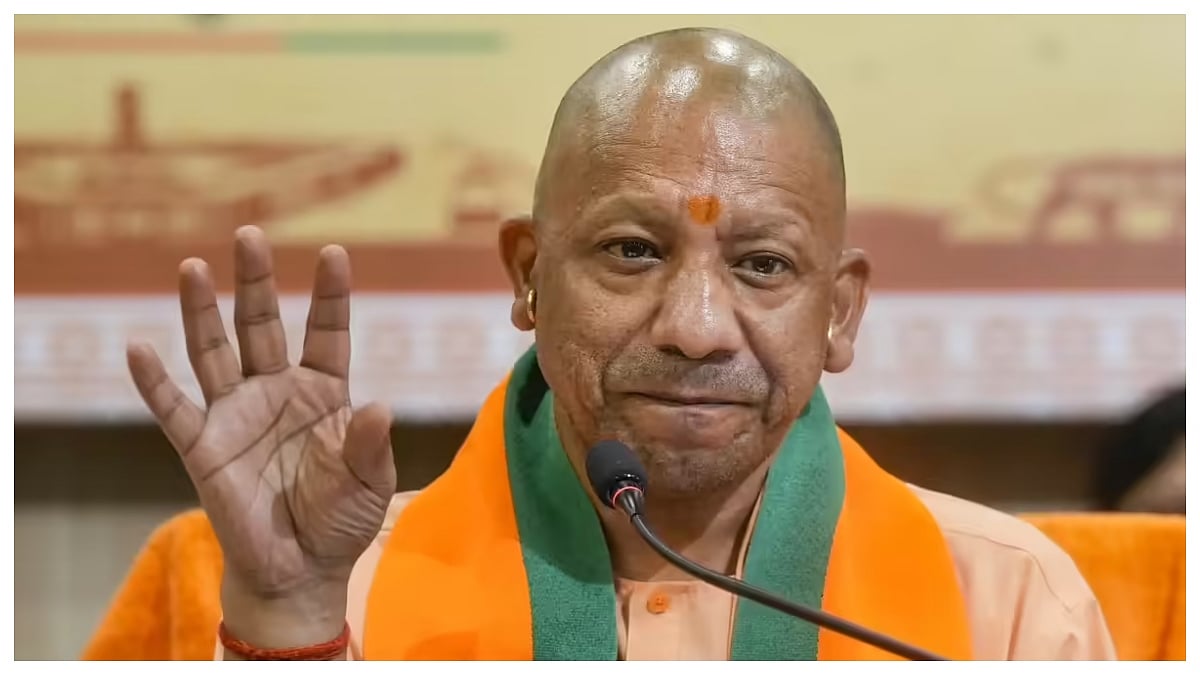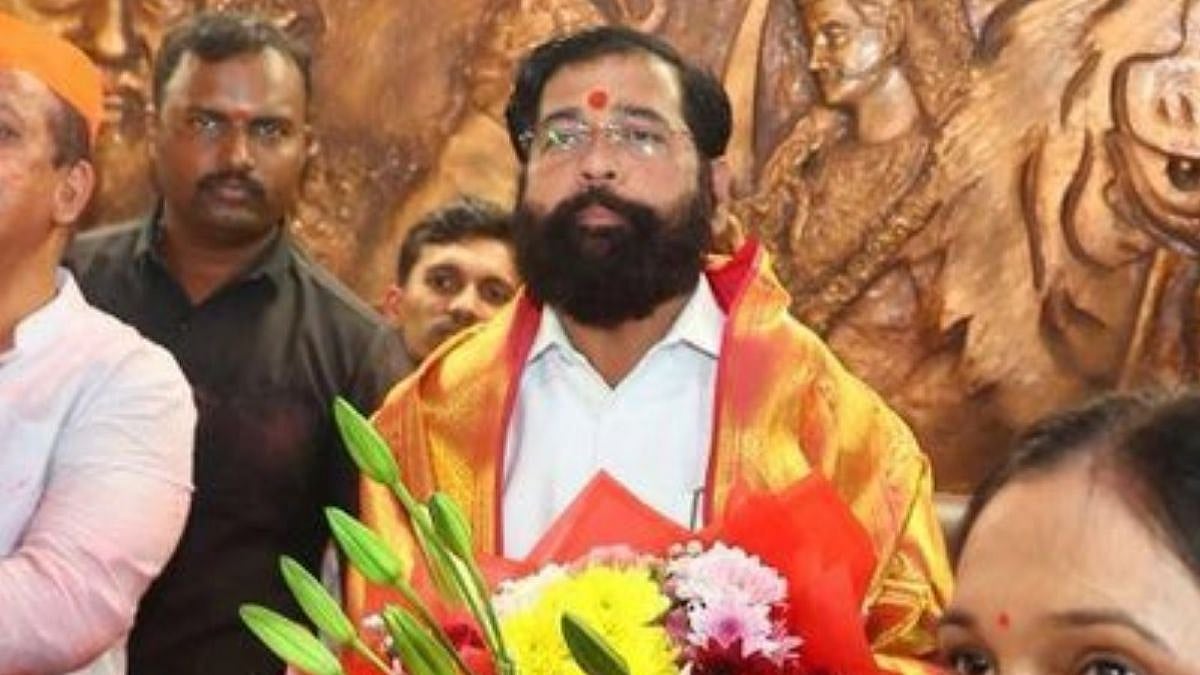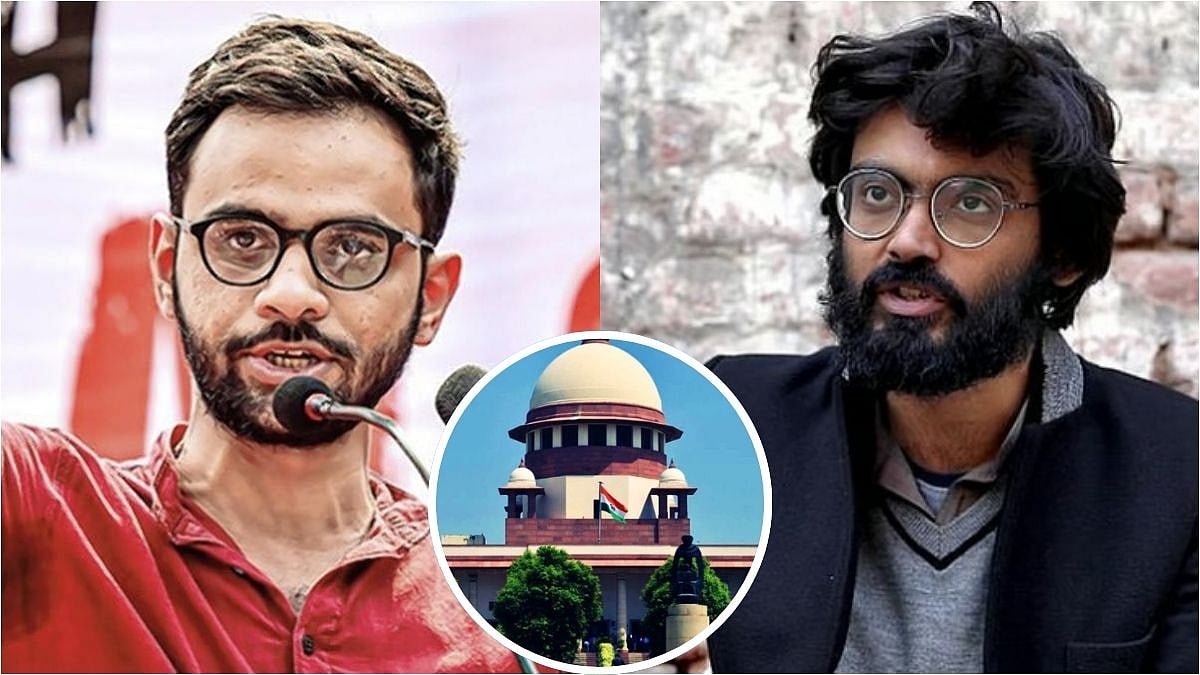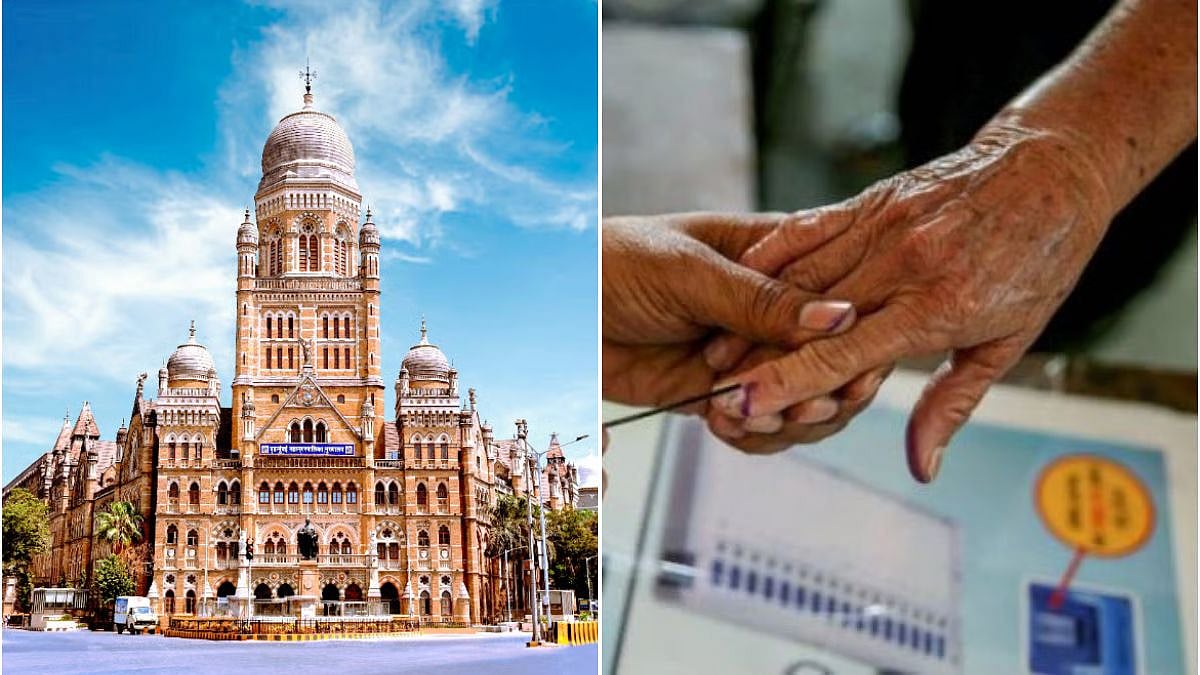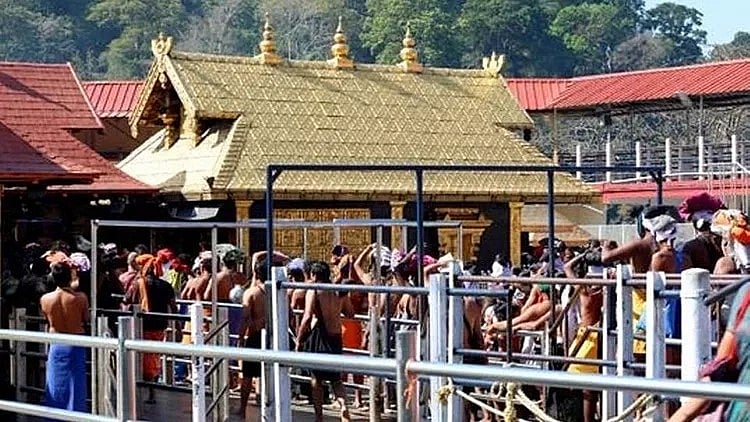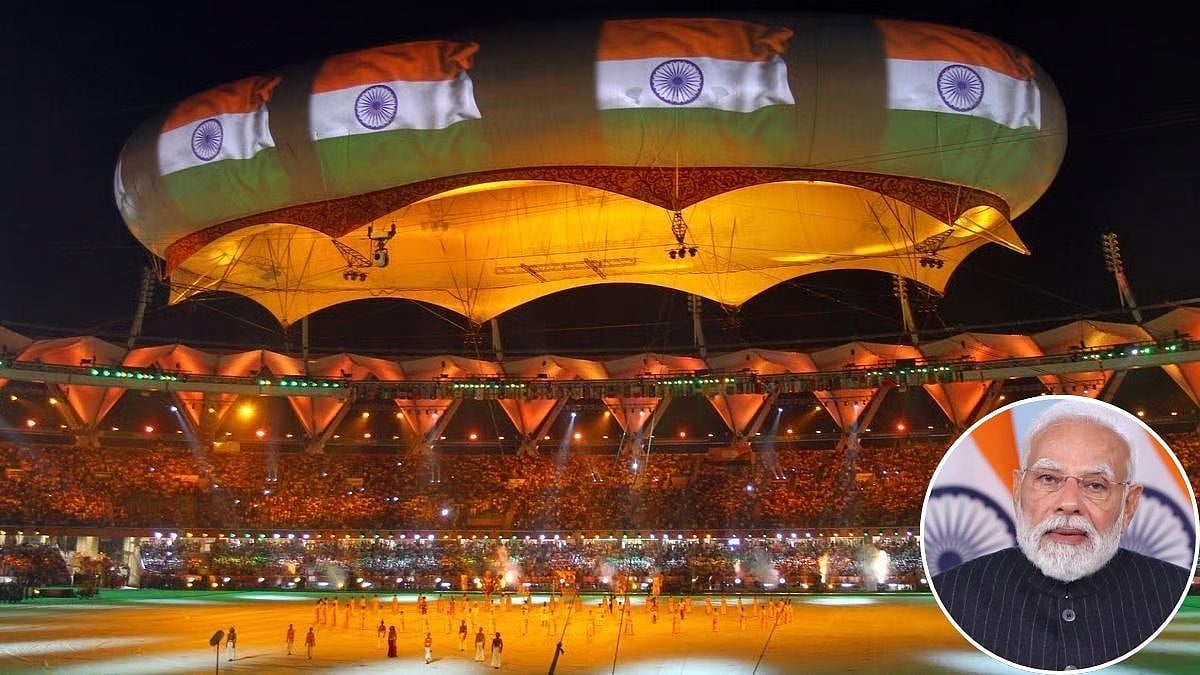The Aam Aadmi Party has been a one-state wonder since its inception, confined largely to Delhi and distinguished by its peculiarly urban character. Its impressive debut in the Gujarat local bodies’ elections is not quite a breakthrough moment, but has certainly reinforced AAP chief and Delhi Chief Minister Arvind Kejriwal’s ambitions to capture the centrist space occupied by the Congress.
The party - which swept the Delhi municipal by-polls earlier this week – owes its success to a pro-governance and post-ideological brand of politics designed to appeal to an urban audience, where caste identities are diluted and attitudes are more liberal, thanks to higher levels of education and interaction between diverse people. The party’s initial success lay in its origins as an anti-corruption movement, which enabled it to mobilise the support of middle- and low-income groups alike.
Delhi model
The emphasis on good governance, delivery of services, welfarism and heavy investment in education and health allowed it to build a solid support base. At the same time, it steered clear of identity politics. During the Shaheen Bagh agitation protesting the Citizenship Amendment Act (CAA), ‘Hanuman-bhakt’ and AAP chief Arvind Kejriwal stayed away from the debate.
Voters rewarded AAP’s ideological neutrality by rejecting the BJP’s polarising discourse. Despite vigorous campaigning by Prime Minister Narendra Modi, the ‘broom’ party swept the 2020 Delhi assembly elections with 62 of 70 seats. Thus, it would appear that urbanism is AAP’s chief strength, at least in the national capital.
Rural voters tend to be more conservative and fault lines of caste and community are more pronounced in these constituencies. Many Class B and C cities still retain their rural character, but given the fast pace of growth and inward migration, they are bound to become increasingly urbanised, thereby creating space for parties like AAP.
But Kejriwal is in a hurry to emerge as a national alternative to the Congress. He intends to prove that AAP is “not just an urban party”, by contesting the 2022 Uttar Pradesh assembly elections. To that end, the party has chosen to dabble in Jat politics in Haryana, Punjab and western UP, by coming out strongly against the 2020 Farm Laws. Kejriwal even participated in a mahapanchayat in UP earlier this week, sharing a platform with farmer leaders.
Punjab debacle
Going by AAP’s debacle in the Punjab local bodies’ elections earlier this year, the party’s assertion that it will soon go “from urban to rural” seems unfounded. Despite its support to the farmers’ agitation and a seat-share of nine per cent in the assembly, AAP secured fewer seats than the Independents.
As for Gujarat, AAP displaced the Congress as the main opposition in the Surat municipal corporation, but the results of the civic polls (announced on Tuesday) reveal that its hit rate was just two per cent. Clearly, the expected headway among the agrarian Patidars, the community to which the AAP state chief belongs, did not materialise.
Cultivating interest groups is always a gamble. Just how Kejriwal’s rural foray will play out among his urban constituents remains to be seen, but there’s a prima facie conflict of interest between the farmers, who want freedom to burn their fields and urban denizens, who want clean air. Besides, the farmers’ issue has no traction in eastern UP and Bihar, which account for 40 per cent of Delhi’s electorate.
Credibility gap
In Punjab, where ideological neutrality was the AAP’s USP, the widespread perception that it was hobnobbing with extremists led to a huge credibility gap and cost it the 2017 assembly election. The failure to understand regional sentiments in a state which had suffered violent forms of identity politics, undermined its efforts to emerge as an alternative to the Congress-Akali Dal. Further hamstrung by warring leaders, it was unable to build an effective organisation. Its vote share has been in a free fall since 2014, when it won 24 per cent of the popular vote.
The AAP must learn from these mistakes and play to its strengths. Getting bogged down in the politics of caste and community is the opposite of what it stands for. After all, Kejriwal, a baniya, has managed to win from Patidar-dominated localities in the Surat municipal elections.
In Delhi, the AAP has crafted a very convincing narrative, of making lives easier through equitable access to services, a form of politics which can resonate among the marginalised urban poor in other cities. So, a more valid question for the party is whether it can replicate the Delhi model elsewhere and challenge the BJP’s political domination of the urban milieu.
The writer is a senior journalist with 35 years of experience in working with major newspapers and magazines. She is now an independent writer and author.

